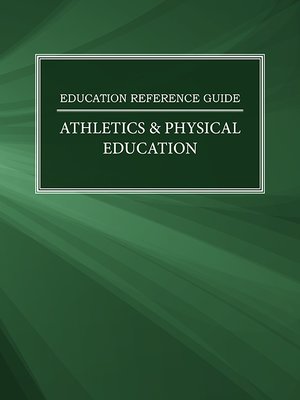
Sign up to save your library
With an OverDrive account, you can save your favorite libraries for at-a-glance information about availability. Find out more about OverDrive accounts.
Find this title in Libby, the library reading app by OverDrive.



Search for a digital library with this title
Title found at these libraries:
| Library Name | Distance |
|---|---|
| Loading... |
The volume begins with Carol Bennett’s overview of teaching physical education, which examines the instructional
standards and presents potential problems association with physical education. Shelby L. Hinkle Smith assesses the
sub-disciplines of exercise science, namely sport and exercise psychology, exercise physiology, biomechanics, motor
learning and development, and kinesiology. She discusses how these field can be applied to physical education programs.
Kinesiology, for example, studies human movement and how it can be applied various important motor skills.
Hinkle Smith delves into the principles of conditioning and the necessary components of a health-related fitness
program. One academic discipline is athletic training, which utilizes professional development, learning styles, and
teaching methods to train athletes to the best of their ability. The essay on assessment in physical education details the
different types of assessment options and the benefits and drawbacks of each. For students with disabilities in public
schools, there are many adapted forms of physical education programs that can be implemented. There are certain
skills, however, that physical educators must possess in order to provide the appropriate assessment and preparation
for these programs. The article on interscholastic coaching examines coach education programs and how they impact
student enjoyment and the quality of the program itself. Coach preparation programs now face issues of inconsistency
and a lack of standardization, but Hinkle Smith provides recommendations as to how these designs can be improved.
Pediatric physical therapy is another growing field of physical education in public school systems, where therapists
work to design regiments that can restore and maintain a child’s highest achievable psychomotor functionality. This
essay section concludes with a review of school playground design and the complex considerations that go in to creating
accessible, safe, and enriching school playground equipment and environments.







